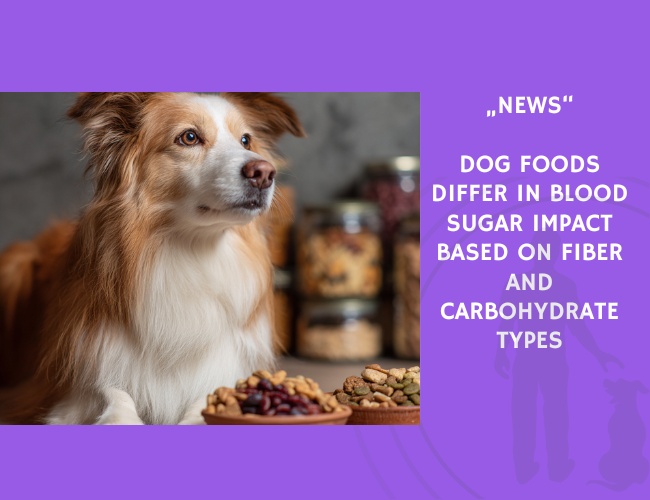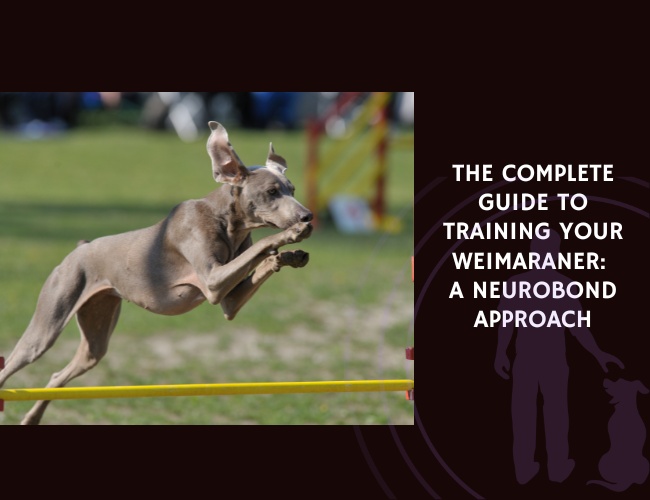Understanding how different dog foods affect blood sugar and insulin is critical for preventing and managing obesity and diabetes in pets. In a study by **Patrick Nguyen and colleagues** (1998), researchers examined how the macronutrient content of complete commercial dog foods alters **post-meal (postprandial) glucose and insulin responses** in dogs.
The study found significant variability in blood glucose and insulin curves following single meals, depending on the **type and processing of carbohydrates**—including **starch form (amylose vs. amylopectin)** and **soluble vs. insoluble dietary fiber**—as well as the fat and protein content of the food. For example, **high-carbohydrate, high-fiber meals** improved glucose disposal and reduced insulin needs, while **low-fiber, refined-carb foods** led to sharp glucose spikes and potential insulin overproduction.
Other factors such as **dietary fat slowing gastric emptying** and **protein influencing insulin secretion** also contributed to these metabolic effects. The **food’s physical form** (dry, moist, or canned) and its **processing method** were found to impact how quickly and significantly glucose peaked in the bloodstream after eating.
This research underscores that in dogs, as in humans, **glycemic response is not just about sugar content**—it’s the overall nutritional matrix and ingredient interaction that shape the metabolic outcome. These findings are especially relevant for formulating diets for dogs with **diabetes, insulin resistance, or obesity**.
Source: Patrick Nguyen, H. Dumon, V. Biourge, E. Pouteau. Published in The Journal of Nutrition, Volume 128 12 Suppl, December 1, 1998.









